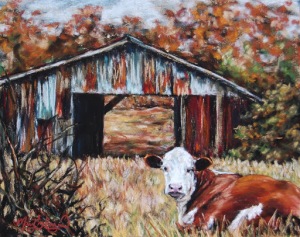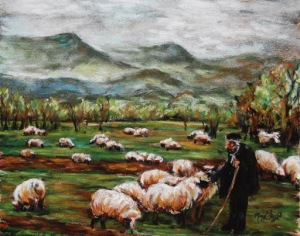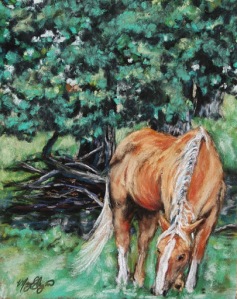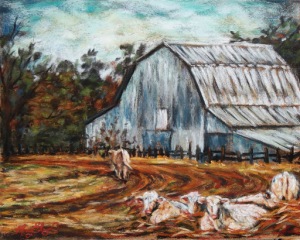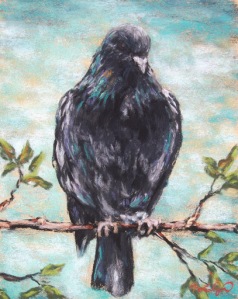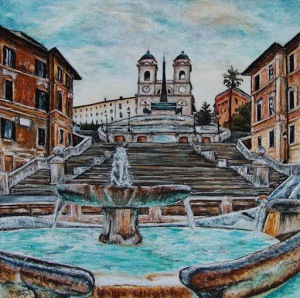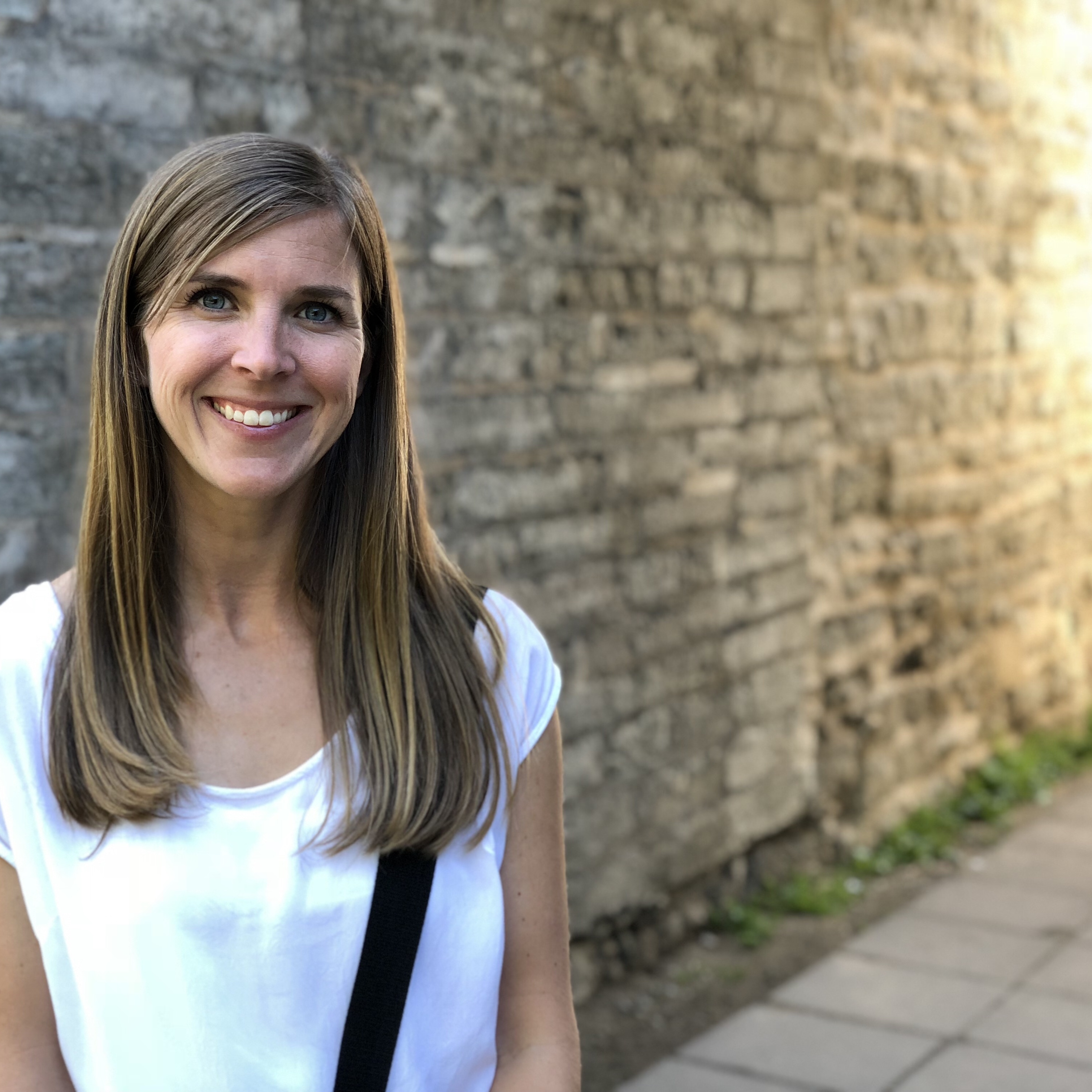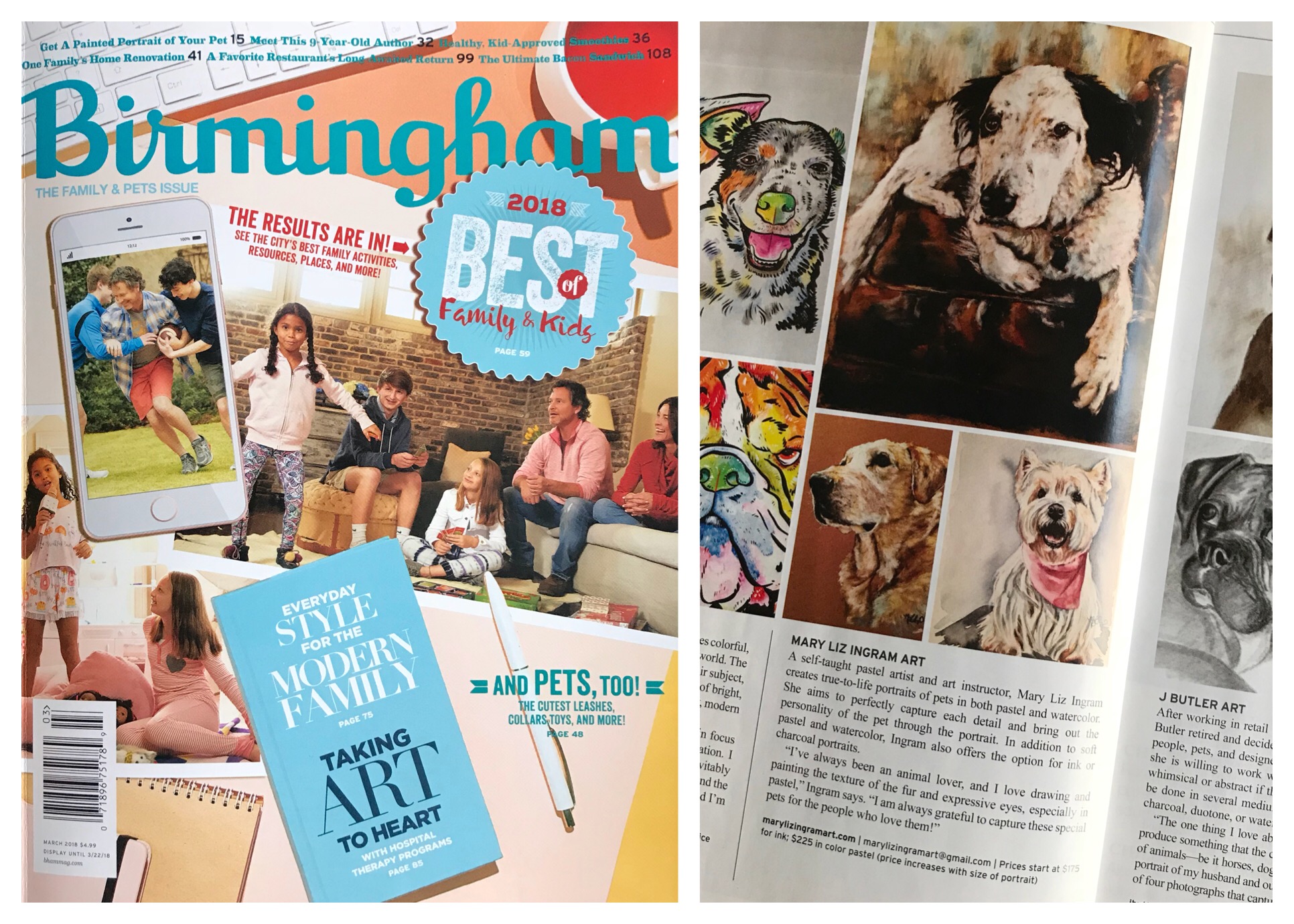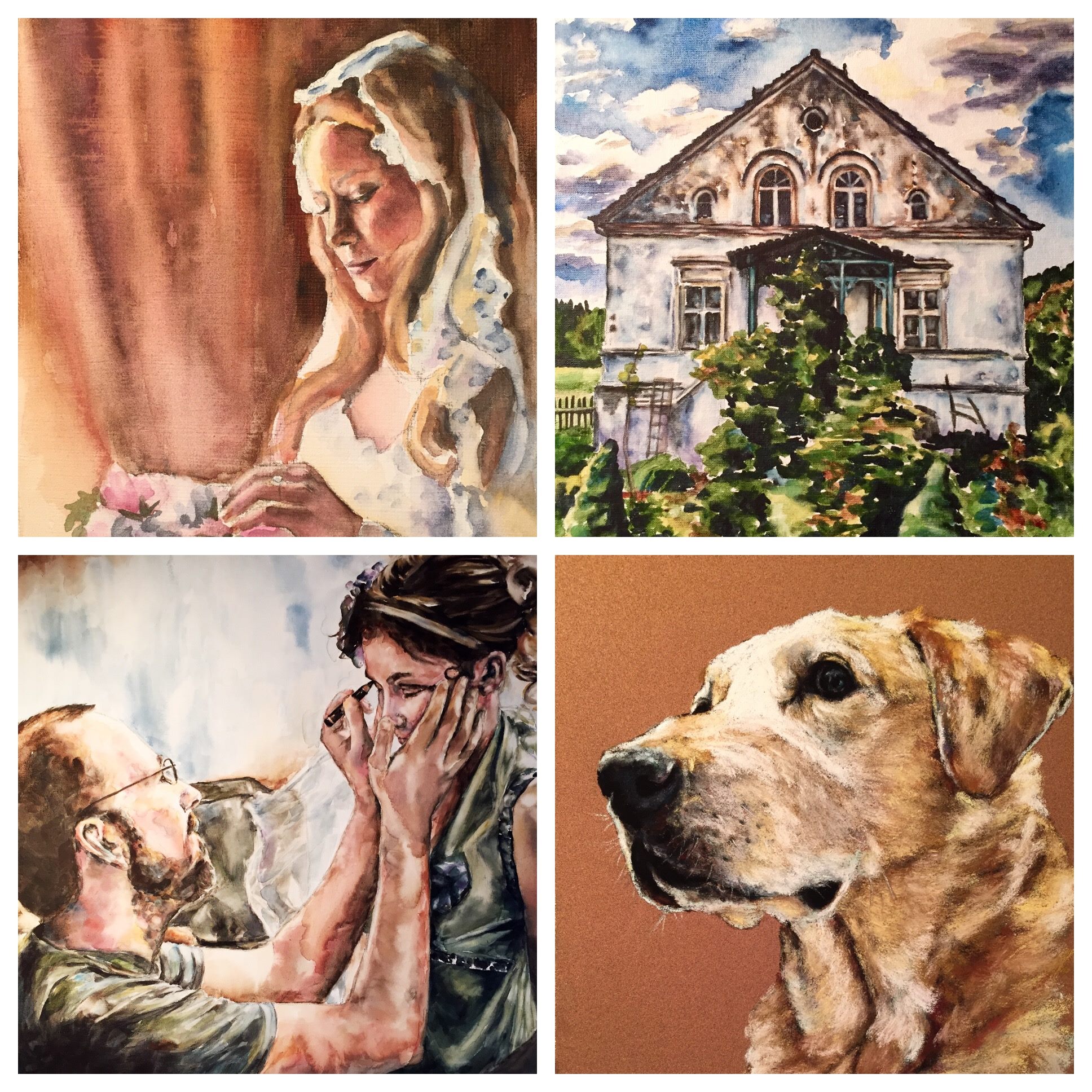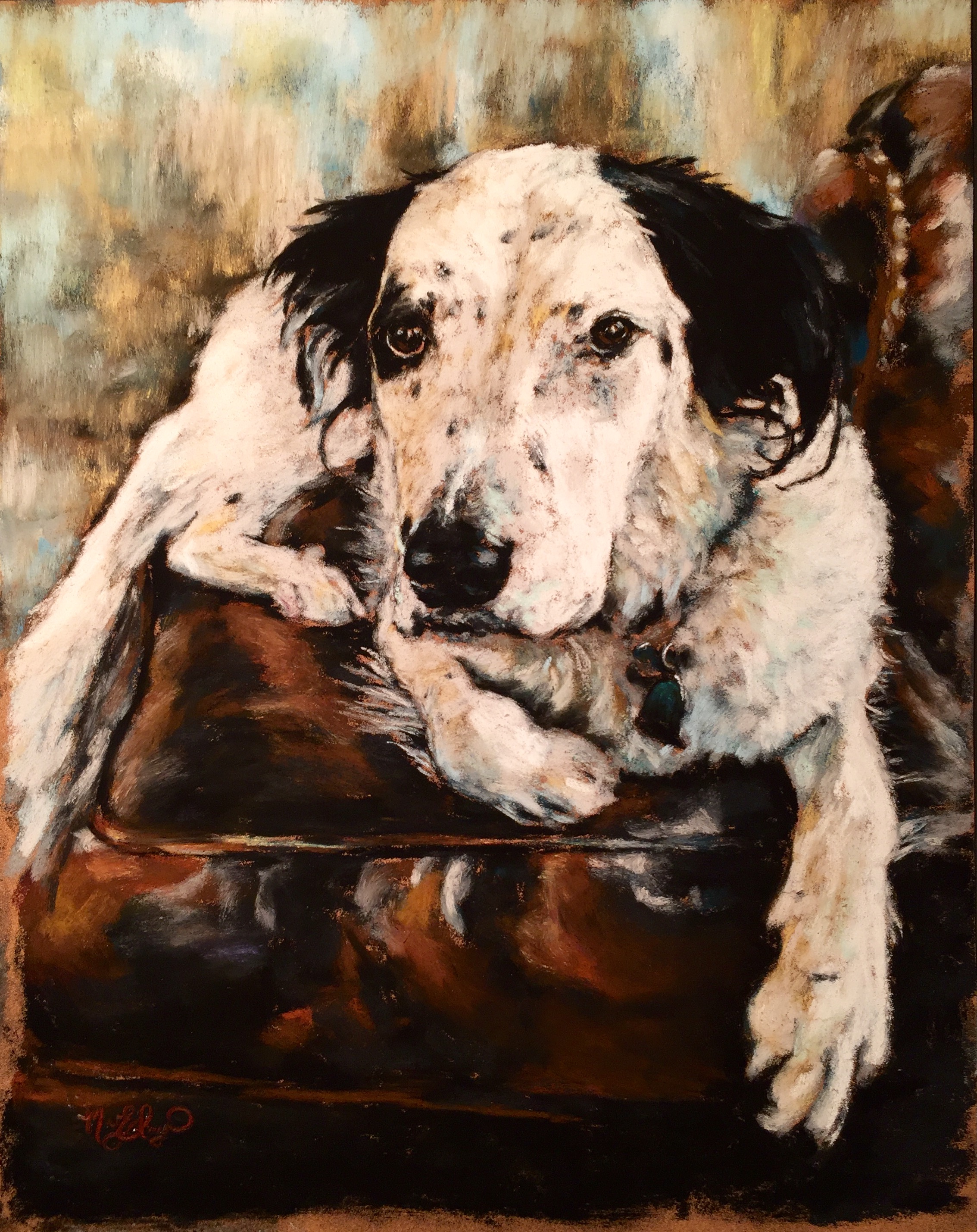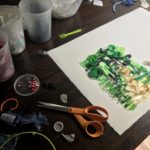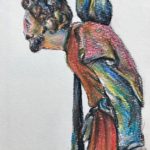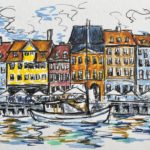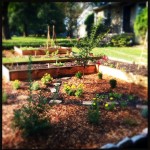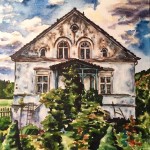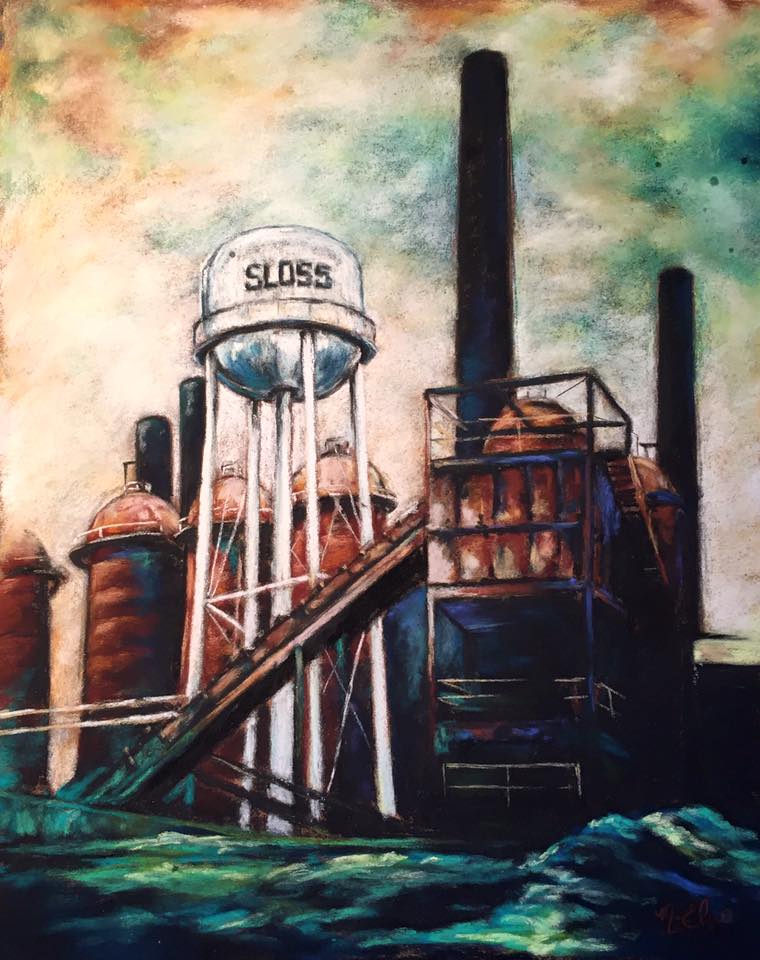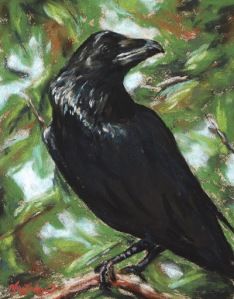
the Raven, 8×10 Soft Pastel on Card
Warning: this is not the most cheerful post, so if you want to read something peachy today, this post isn’t for you. This does not mean that I am wallowing in sadness today; these are just my thoughts and expressions on a darker subject of the human experience. This piece was inspired by yet another poem by William Blake:
The Human Abstract
Pity would be no more,
If we did not make somebody Poor:
And Mercy no more could be,
If all were as happy as we;
And Mutual fear brings peace;
Till the selfish loves increase.
Then Cruelty knits a snare,
And spreads his baits with care.
He sits down with holy fears,
And waters the ground with tears:
Then Humility takes its root
Underneath his foot.
Soon spreads the dismal shade
Of the Mystery over his head;
And the Catterpiller and Fly,
Feed on the Mystery.
And it bears the fruit of Deceit,
Ruddy and sweet to eat;
And the Raven his nest has made
In its thickest shade.
The Gods of the earth and sea,
Sought thro’ Nature to find this Tree
But their search was all in vain:
There grows one in the Human Brain
In religious communities, and especially Christian theology, one hears a lot about “the Fall,” “Original Sin,” “Adam and Eve,” and “the fallen nature of humanity.” These theologies bring a sense of unavoidable doom. While in my own spiritual journey, I choose to search for the good in humanity, the love of God, the optimism and life found in nature, I cannot deny that some form of underlying depravity (thought I hate to even use that word) exists within our beings, that it tries to grow within our minds as our bodies grow. Selfishness, greed, deceit…they are part of us whether we encourage their growth or not. We should and hopefully do resist; we can and should choose goodness, love and service. But it seems, as much as I wish to deny it, that this darker side of humanity–our ability to choose deceit and to cause pain–is inevitably present, and very hard to avoid, if at all possible. If left unchecked, these darker thoughts can grow in our lives as a tree; if indulged, a sort of darkness can roost in the shade of our mind’s arbor like a Raven. This Raven, not meant to be ominous or depressing, serves as a reminder to myself that while a darker side of life exists, it does not have to triumph. This Raven can be an omen of doom, or a sign of life, depending upon our own choosing.





